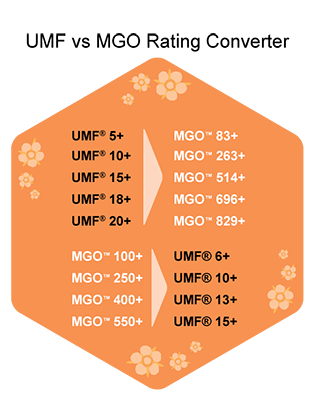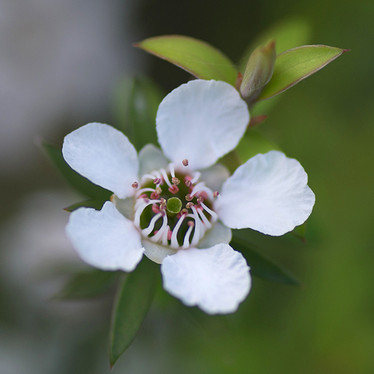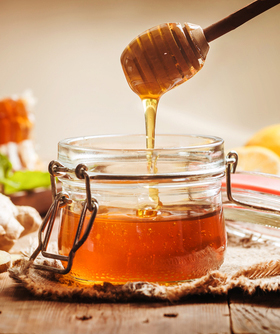
Manuka honey (Leptospermum scoparium), a treasured favourite amongst our customers, and continuing to attract worldwide attention for its delicious flavour and unique qualities. We’re answering your questions to help you better understand the facets of Manuka honey shopping!
Why does some honey have a different consistency and colour?
The colour, taste, and properties vary from year to year, depending on the manuka flowers available and what the season has been like. In order to be manuka honey, there has to be over 70% manuka pollens contained within the honey. The bees don’t always visit the exact same flowers, so are gathering a different mix of nectar and pollen from the manuka flowers available. This will change the characteristics within the honey. These types of variations are normal within natural products and indicate that the product hasn’t been adulterated. Manuka honey will always have quite a strong flavour, with herbal or woody characteristics. Manuka honey is referred to as thixotropic in consistency. Thixotropic means that it will firm if it is still, but if it is moved or stirred it will become thinner and more moveable.
Why is there crystallisation? Is the product still OK to consume?
Granulation or crystallisation of honey is a natural process and doesn’t affect the quality or safety of the honey. Crystallisation occurs more commonly with raw, unprocessed honey and also in colder temperatures.
Honey is approximately 80% sugar and 20% moisture, and these factors continually try to balance themselves in the environment. How fast honey develops crystals depends on the types of sugars that are in the honey (fructose or glucose). Crystallisation is simply the water separating from the glucose molecule. Don’t confuse crystallisation with poor quality, in fact, it can often indicate that the honey is less processed – a pasteurised honey is less likely to crystallise.

What’s the difference between UMF, MGS and MGO?
Unique Manuka Factor or UMF was designed to differentiate the amounts of compounds that characterise Manuka honey for purity and quality. These compounds are Leptosperin, DHA and Methylglyoxal (MGO or MG). Typically, the higher these numbers are, the more of these compounds are contained. Methylglyoxal is found in the pollen of Manuka flowers.
MGS stands for ‘Molan Gold Standard' and is another way of measuring honey and it references naturally occurring Methylglyoxal. MGS values are comparable to UMF values.
Have a look at our converter to understand how the different ratings compare.
How are these numbers tested?
Ideally, the company who is producing the honey will have their products independently tested for the amounts of MGO and/or UMF with the UMF Honey Association. This association was set up to ensure that the quality of honey products in New Zealand is protected.
How & when should I take honey?
Manuka honey is a wonderful food, full of many nutrients, including amino acids, B Vitamins, and minerals. It can be added into the diet as a daily addition to smoothies, warm drinks, or as a spread.
There are increasing amounts of research being conducted for the unique compounds in manuka honey.
Is it suitable for babies under 1 year old?
In some countries, it is recommended that honey is not given to babies under 1 year old because of a type of bacteria that can contaminate honey, and cause infant botulism. According to the Ministry of Primary Industries in New Zealand, the risk of this from New Zealand honey appears to be extremely low so it is not necessary to warn people to avoid it.
Is Manuka honey safe when pregnant?
Yes, it is fine when pregnant and breastfeeding, as long as you don’t have an allergy to honey products.
Are the honey products we sell organic?
HealthPost has a great range of Manuka honey available from various suppliers. Some of them are certified organic, and others just ensure that the locations in which they have the hives are clean and pristine. The favourite honey of our staff comes only from the South Island of New Zealand from dense Manuka bush.
We’d Love Your Feedback
Are there any other questions you would like to ask about Manuka honey?
What are your favourite uses for this amazing honey?


